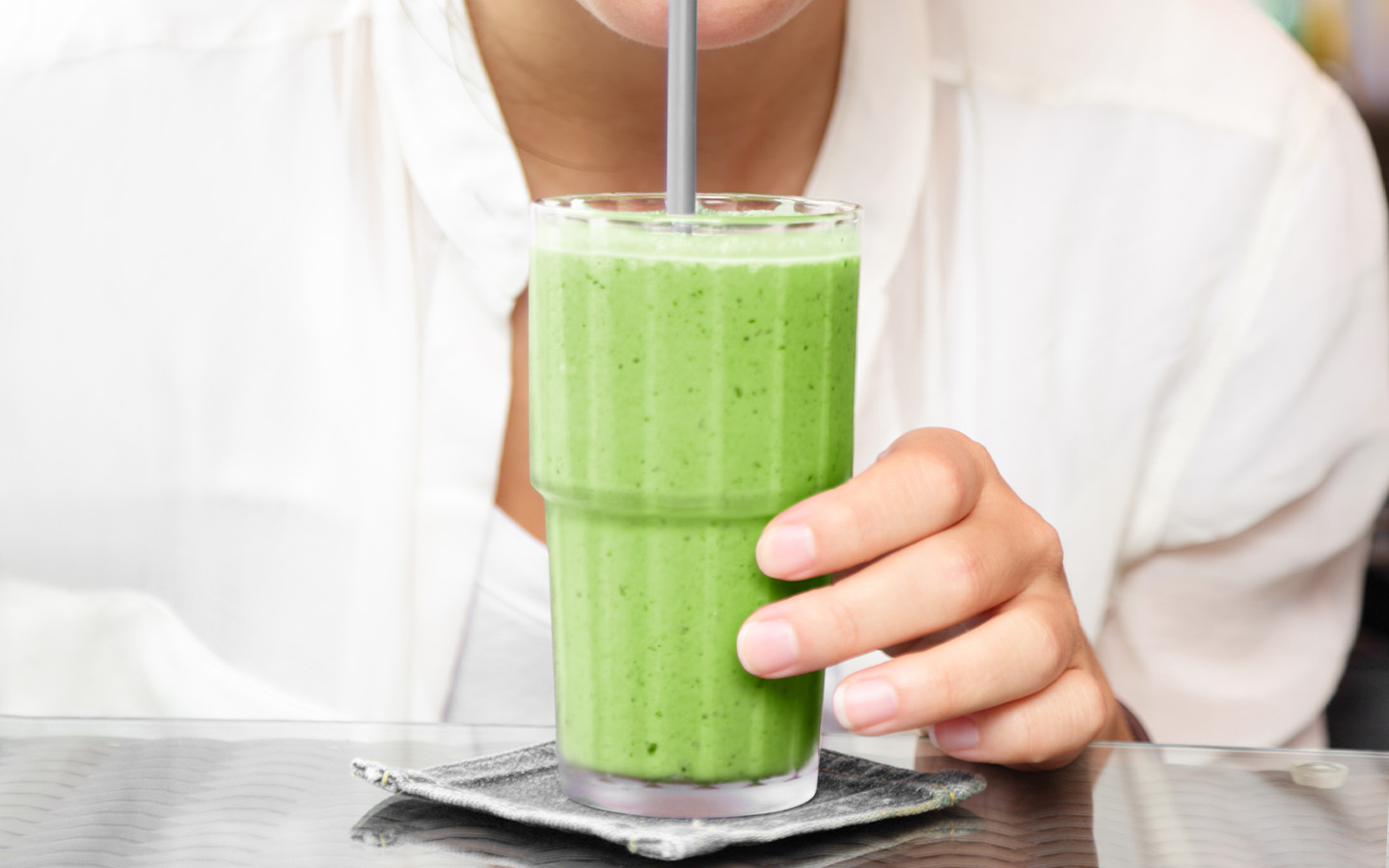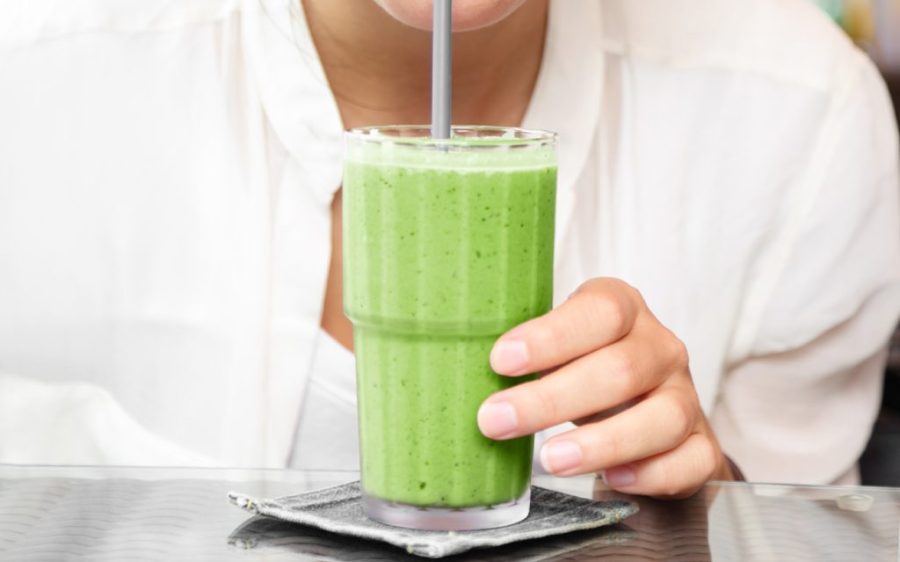Surging demand has cut into global supplies of matcha, with many vendors of the popular Japanese green tea restricting purchases to avoid running out entirely, reports the BBC.
As with so many things, the global matcha craze took off on social media, influencers sharing brewing tips, reviews and recipes of the drink. With its Instagram-worthy vivid green colour, health benefits and natural bona fides, it’s no wonder a beverage typically reserved for traditional tea ceremonies is now popping up in everything from lattes to macarons.
By late last year, soaring demand had driven up prices and forced popular brands to begin limiting purchases and temporarily suspending sales. Other, less well-known brands were still available at that point, but fears of shortages sparked panic among buyers, leading them to stockpile their favourite blends.
While this year’s spring harvest helped ease the strain, the quest for high-grade matcha has become so intense that paid notification services have popped up, monitoring websites for the most devout aficionados to ensure they get a piece of any restocks.
[See more: Paying more for your coffee? Blame climate change for that]
Japanese farmers are feeling the strain of this craze, especially as record-setting heatwaves drive down yields of tencha, the green tea leaf used to make matcha powder. Taken from the same plant as other caffeinated tea, tencha leaves are shaded from excessive sunlight during the growing period, allowing for the development of amino acids and compounds that give matcha its unique umami flavour.
Producing high-grade matcha – the type popularised online – is a long, labour-intensive process that includes handpicking of leaves, drying, and grinding with specialised stone mills that can process less than two ounces of leaves per hour. It’s effort that is largely wasted on the recipes passed around social media.
High-grade matcha is meant for tea ceremonies, a more pure preparation allowing the delicate flavour to shine. Culinary-grade matcha, which is both cheaper and easier to produce, is better suited to making a cake roll or blending up a smoothie.
The difficulty comes with culinary-grade matcha often being described as “low-grade,” implying poor quality rather than differing attributes that make it a better choice for cooking or mixing. Awareness of the distinction is something the Kyoto-based nonprofit Global Japanese Tea Association is working to promote to help “ensure Japanese tea is enjoyed with respect, while supporting the craft and tradition behind it.”






